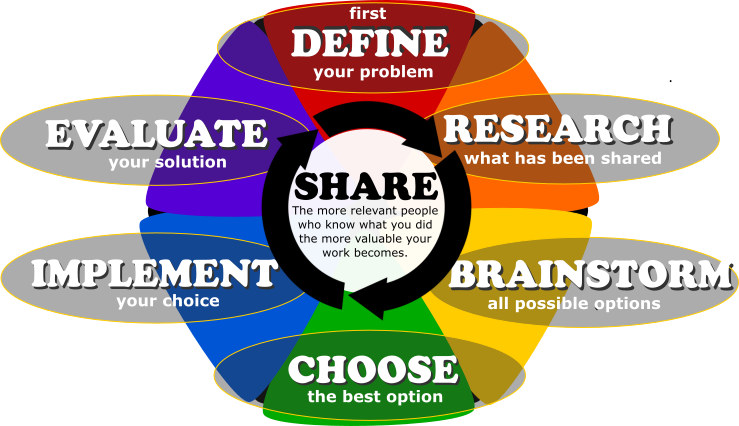Day 12 - Mechanical Advantage
Right before Thanksgiving break, you completed a WebQuest about electromagnetism, which sought to spell out how electrons and magnetic fields interact. Our dynamo designs need to take advantage of those interactions to produce electric current!
Today we're going to deviate a little bit from electromagnetism proper. We need to conduct a brief review of mechanical advantage - without applying mechanical advantage, our dynamo designs are simply not going to work. So we'll start by watching this TED Talk on all-terrain wheelchairs and use that narrative to inform our work on our dynamo designs.
While watching the video, you should take notes in a new subsection of your "Power Anywhere" docs (keeping in mind, of course, that we have an open-note quiz this week over the content in Power Anywhere). Your notes should explain:
- what problem did they define for themselves?
- why did they choose to avoid electric motors?
- what solution did they choose to pursue?
- how much change in performance did they achieve?
- provide at least one example of their device having impact
Once you have completed those notes, discuss as a team how you will use mechanical advantage in your dynamo design. Are you going to use a wheel & axle? A lever? A screw? A pulley? Write up your strategy and provide good reasons why your plan makes sense. Keep in mind that your dynamo needs to get the motor to spin and that there are a number of different ways you can achieve that. There is no one right answer here; many different approaches can achieve equal success.
- coil
- a layered loop of conductive material (such as copper); current through this loop will produce a magnetic field
- commutator
- a cylinder with a break in it such that as it spins it keeps breaking the circuit for a moment to allow a reversal of current
- current
- in electronics, it is the movement of electrons through a circuit; this movement can be direct (flow) or alternating (vibration)
- dynamo
- a generator that converts movement (mechanical energy) into electricity (electrical energy)
- electromagnetism
- the physics invovled with the flow of electrons and their magnetic fields
- generator
- in engineering, a generator is any device that outputs energy in a specific form (often electricity)
- magnetic field
- the accumulation of force from millions of electrons aligned in the same direction, making the substance behave like an ionic element
